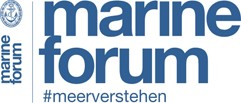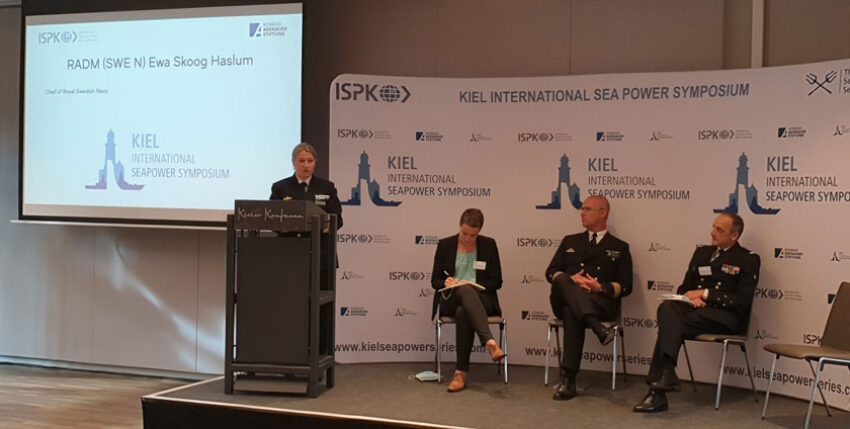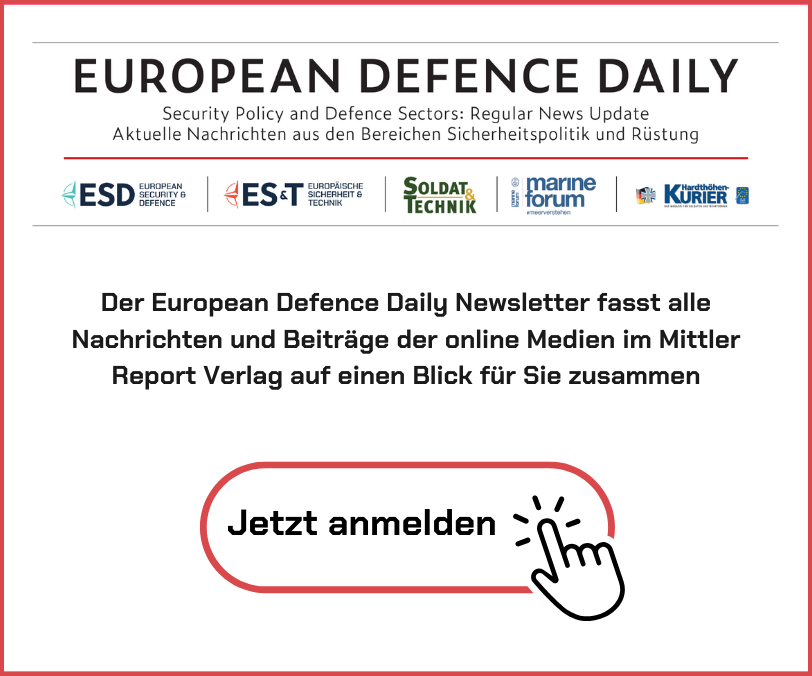Experts discussed the future of western navies in Kiel
This year, Kiss, the Kiel International Seapower Symposium, focussed on the paths of an allied maritime strategy in the 21st century. After focussing on maritime strategic ends in 2018 and means in 2019. The conference is part of a series of symposia that evaluate NATO's Maritime Strategy, published in 2011. It also aims to provide impetus for future EU, NATO and national concepts in the maritime sector. In view of the latest geopolitical developments and the resurgence of competition between the major powers, some believe that adjustments are overdue.
In three panel discussions, over one hundred participants, some of whom joined in online, experienced how operational experience can (or could) be translated into strategic planning.
One of the challenges for navies is to balance the different requirements of the operational spectrum in their design and deployment. They range from three-dimensional warfare at sea to humanitarian and disaster relief and could hardly be more different.
Making a decision on operational priorities and subsequent defence planning is not exactly easy. Accurate perception and correct assessment of the risk potential play a major role here. In the panel discussions, it became clear that although there is a consensus among the navies when it comes to assessing the maritime situation, there are certainly differing views among the political leadership.
In this respect, the panellists did not provide an answer as to how NATO's naval forces should position themselves for the future in view of the challenges of the 21st century. There are also operational details. This includes the fact that NATO has always viewed Russia as a stand-alone threat. However, the scope of the threat analysis would change significantly if Russia were to act with allies. The consequences of multi-domain operations must also be taken into account.

Ultimately, in order to optimise the capabilities of NATO and EU navies, integration beyond national borders is a possibility - in the sense of the Belgian-Dutch mine forces. As long as the political decisions on this are not made, it will remain a matter of individual national considerations and solutions - apart from the exceptions within the framework of multi- and bilateral co-operation.
On the question of how Western navies can keep the reins of action in their hands, Bryan McGrath, a retired US Navy officer, proposed the creation of maritime ISRT (Intelligence, Surveillance, Reconnaissance and Targeting) environments. The aim is to be able to detect every Russian and Chinese naval unit of more than 50 metres in length in relevant geographical areas 24 hours a day, 365 days a year. These include the North and Baltic Seas, the GIUK Gap, the eastern Mediterranean, the Black Sea and the entire western Pacific. The integration at data level achieved via the ISRT environment goes beyond co-operation and interoperability. Individual navies on their own are not sufficient to achieve an efficient deterrent. According to McGrath, it is necessary for the US Navy to involve its partners in order to create an "extended conventional deterrent". Efforts are needed to win over allies, familiarise them with the technical requirements and embed the ISRT capabilities in their new weapon systems.
Among his more tangible recommendations was a call to invest in logistical units and mine defence vehicles.
The Kiel Seapower Symposium was not only the first welcome opportunity to discuss maritime security issues after the corona break. It also provided a platform for experts to discuss the maritime trend lines, which are not necessarily in favour of the Western world. This year's event culminated in the publication of the book From the North Atlantic to the South China Sea. In it, more than twenty authors deal with selected maritime topics.
Author: Hans-Uwe Mergener
With the "Joint All-Domain Command and Control" (JADC2) concept, the US armed forces are combining the traditional areas of naval, air and land warfare with the new domains of cyber and space. The United Kingdom goes beyond this in its concept of Multi-Domain Integration (MDI) and links the military options for action (Instruments of Power) with those of other policy areas, such as domestic, foreign and economic policy. For NATO, such an approach would mean conceptually and technically integrating the more than 100 armed forces of the 30 member states. In this respect, NATO's approach to multi-domain operations, which is currently under development, is different.










